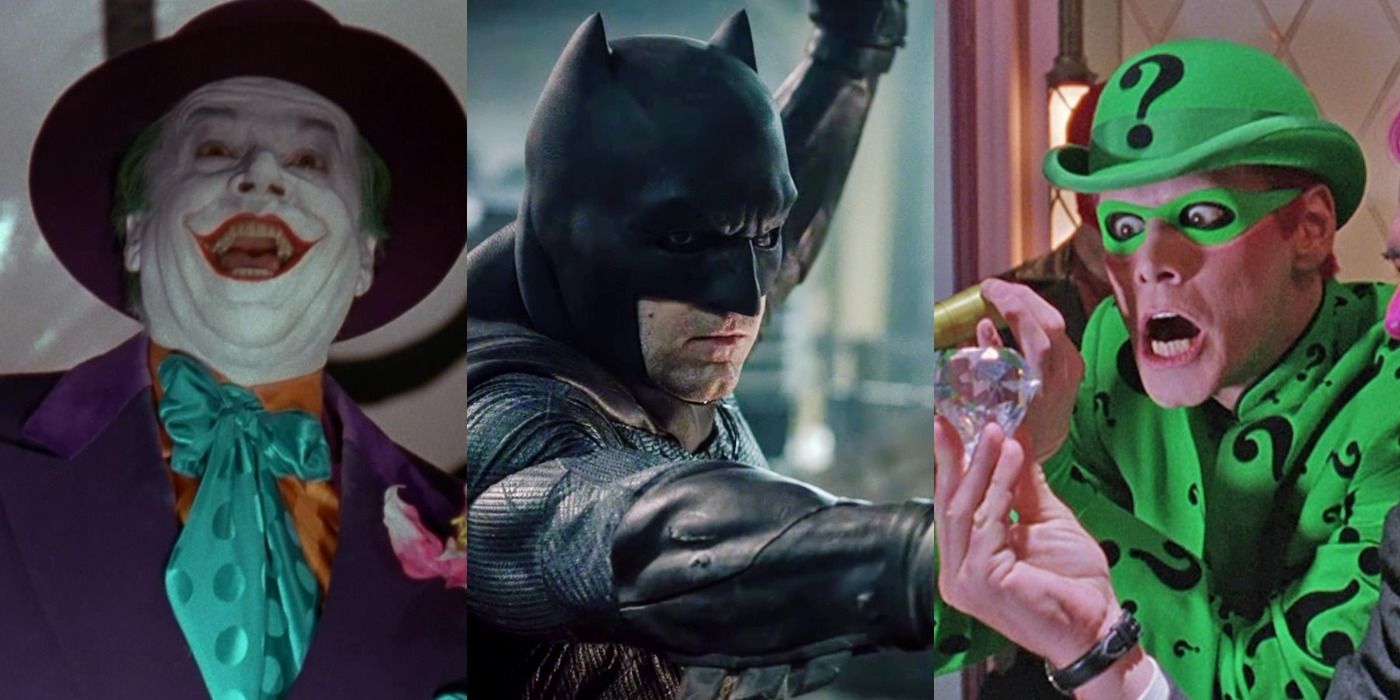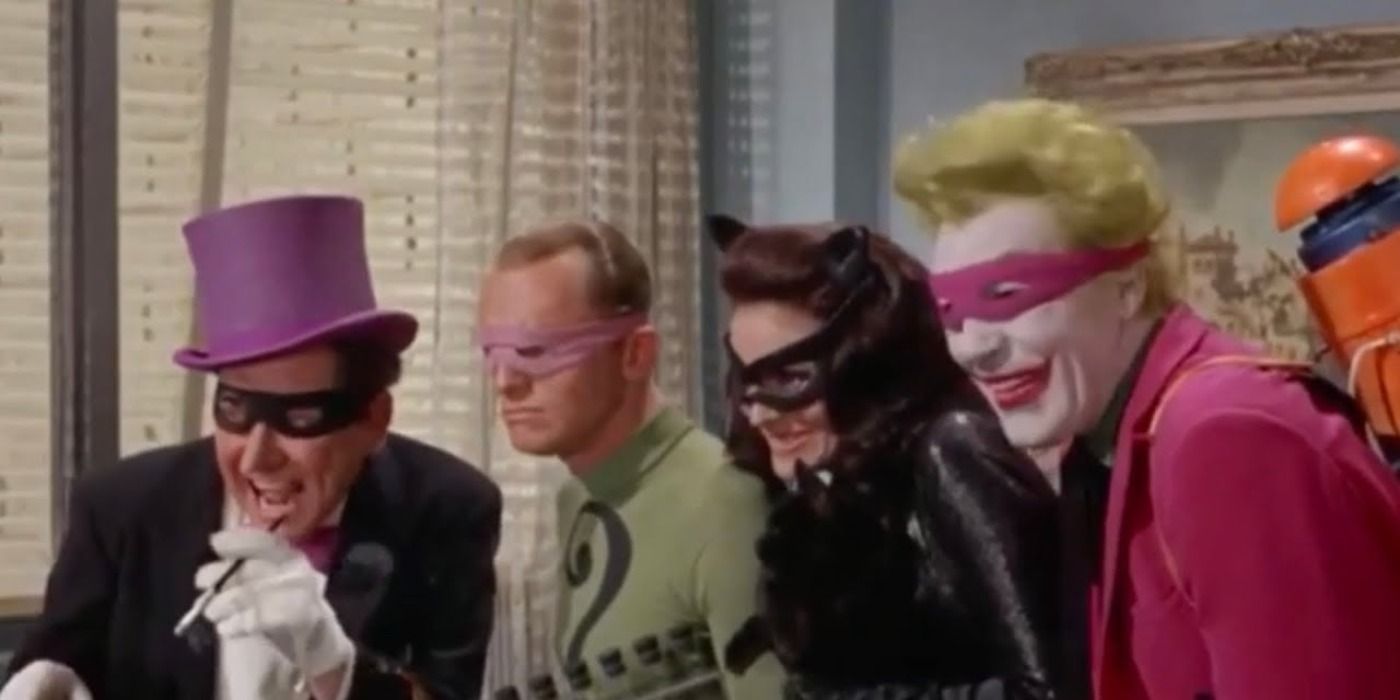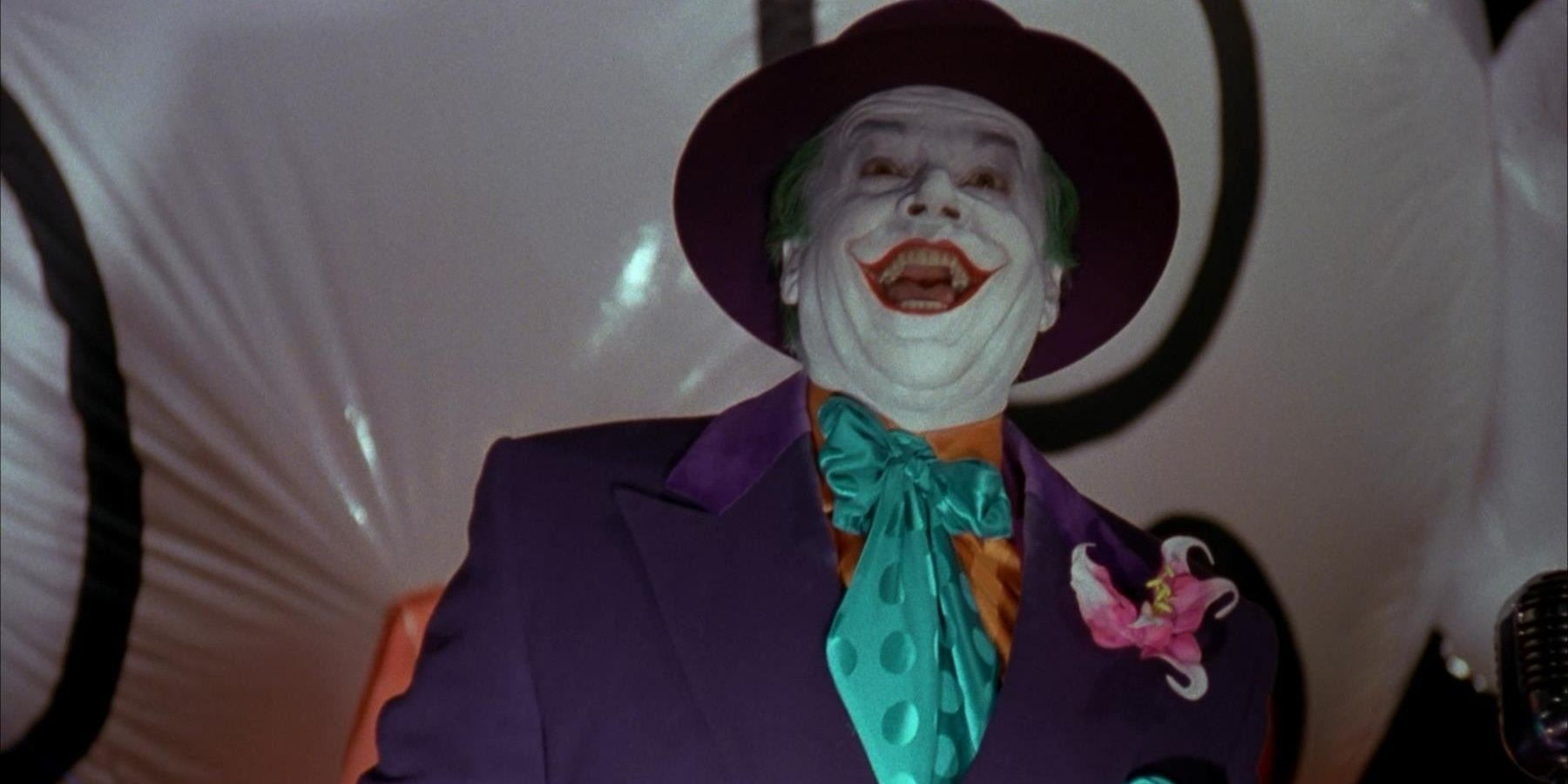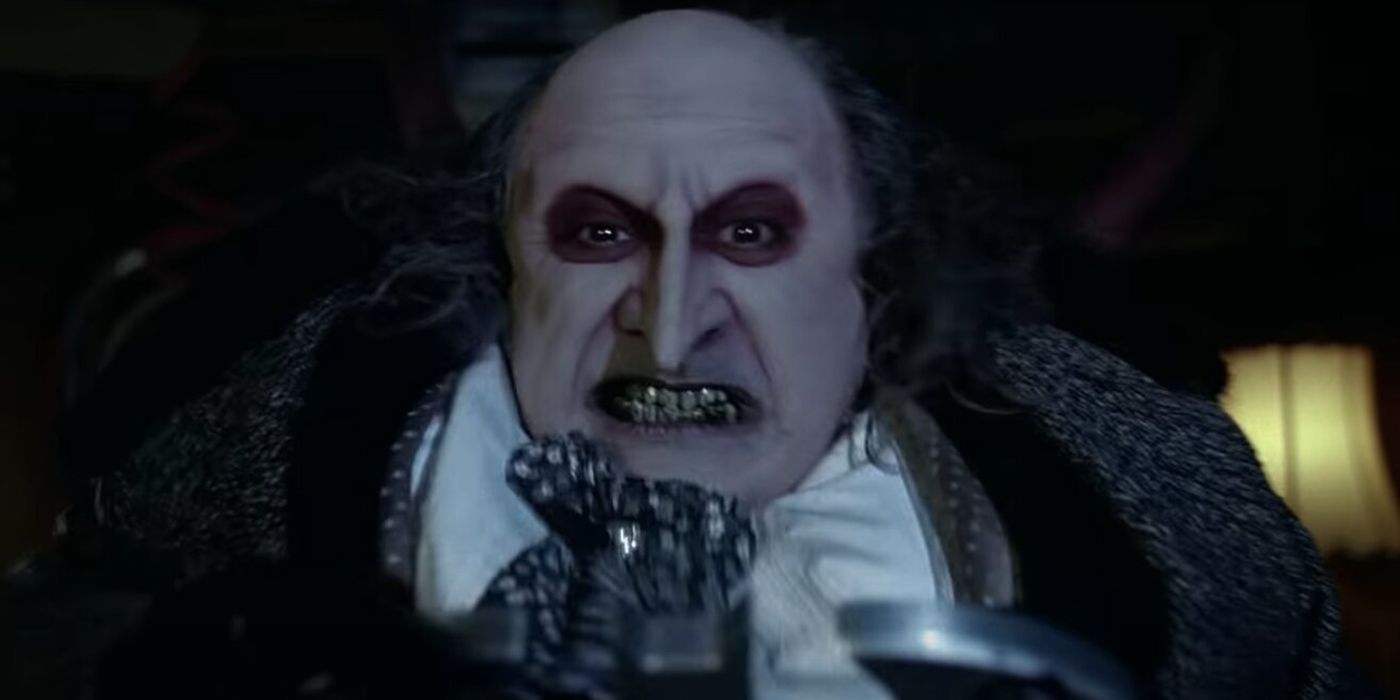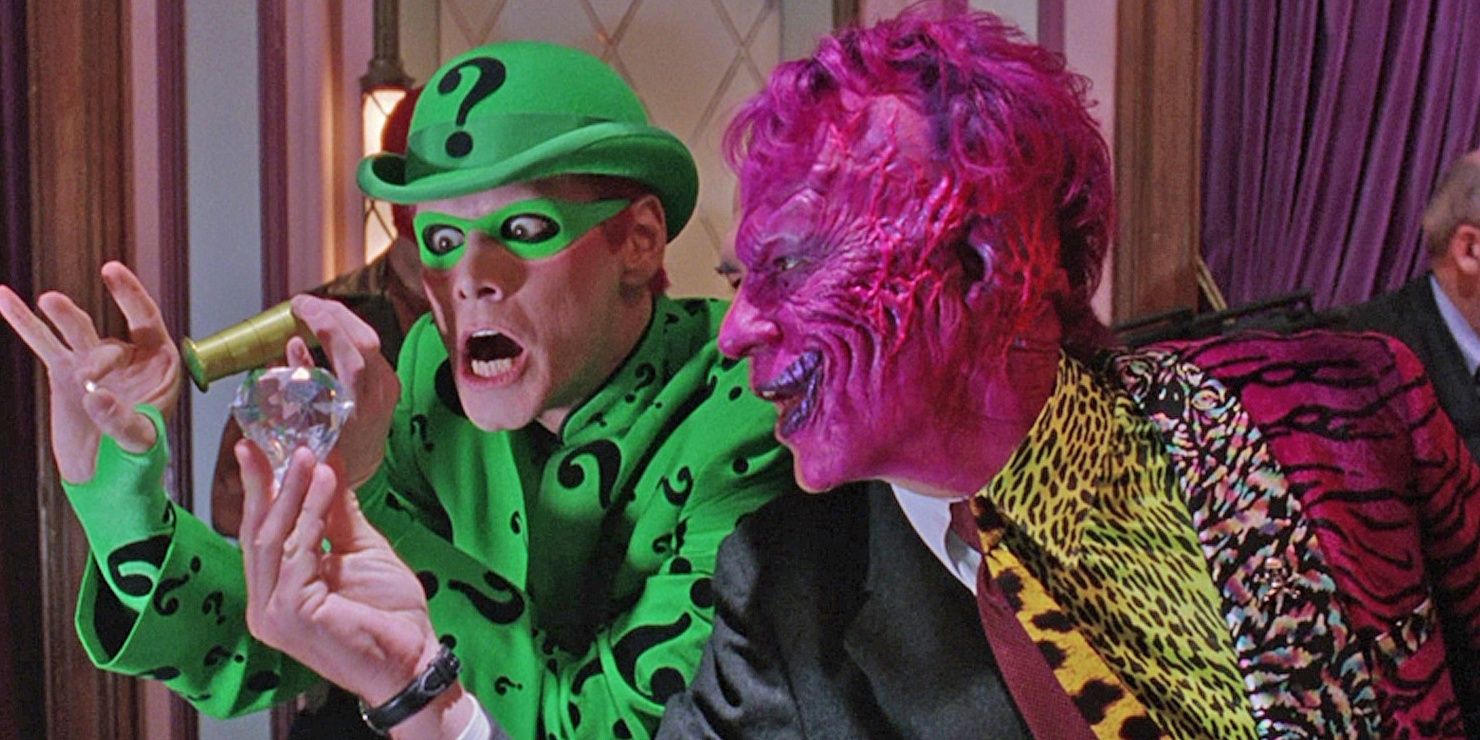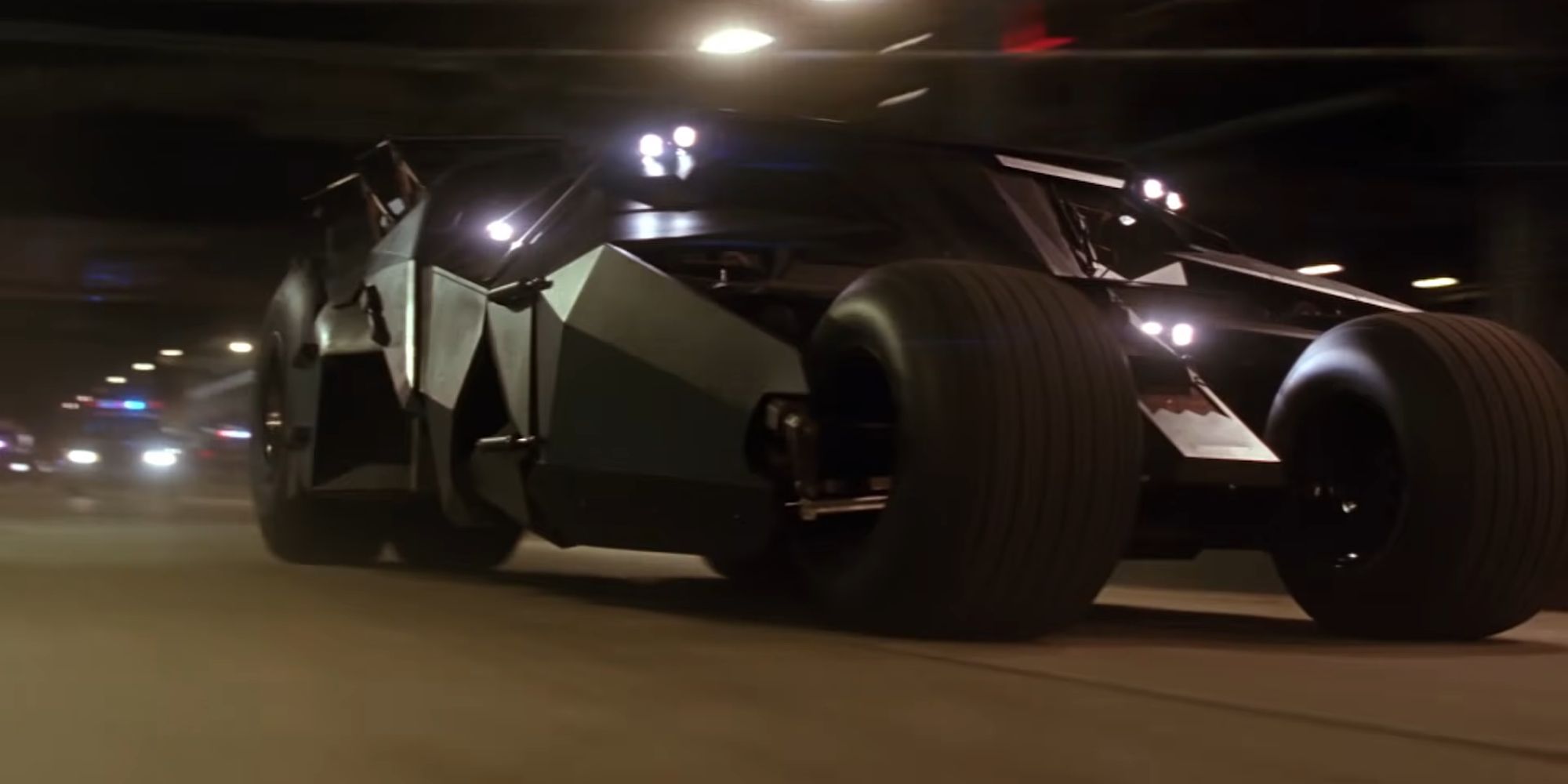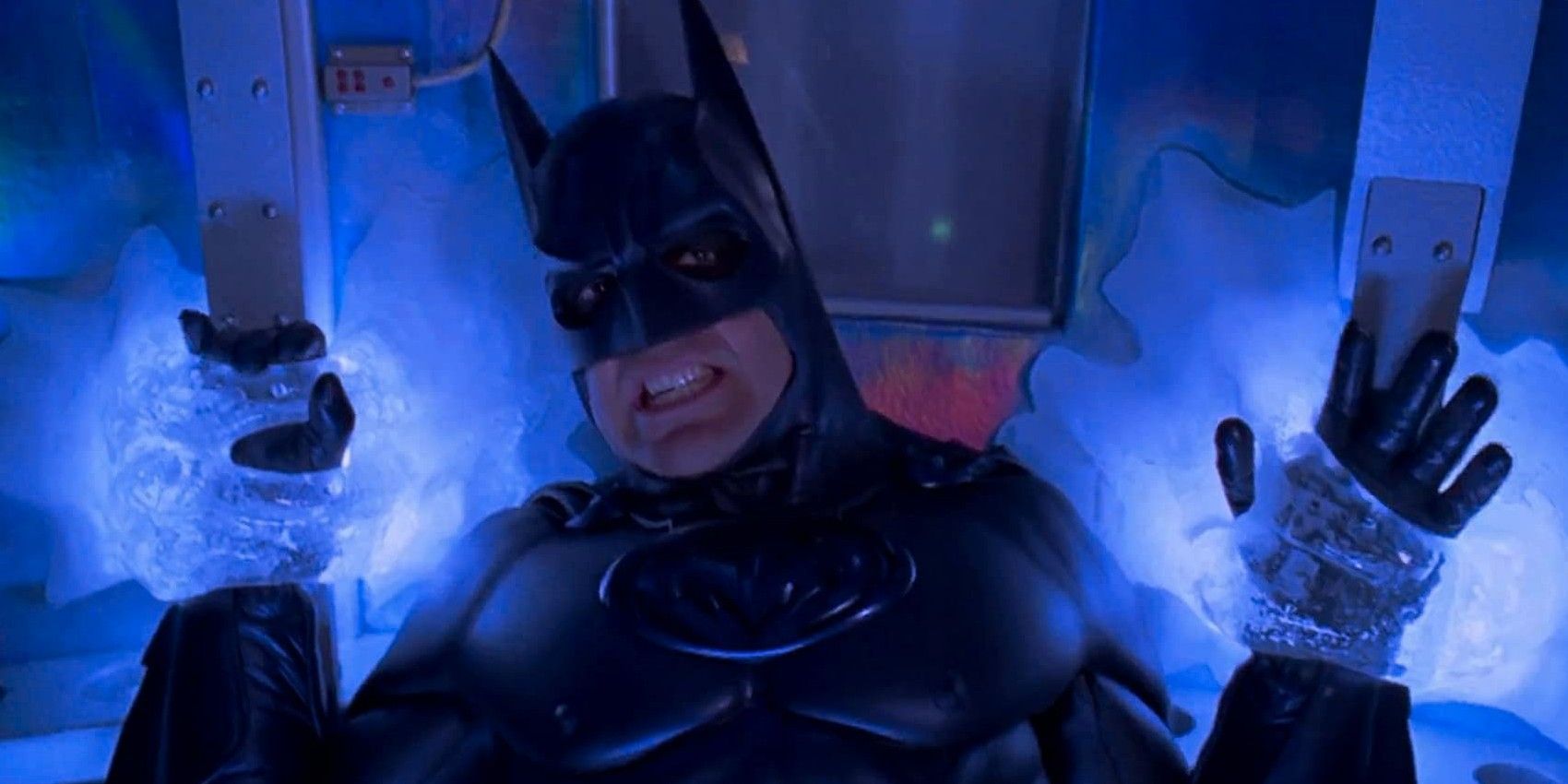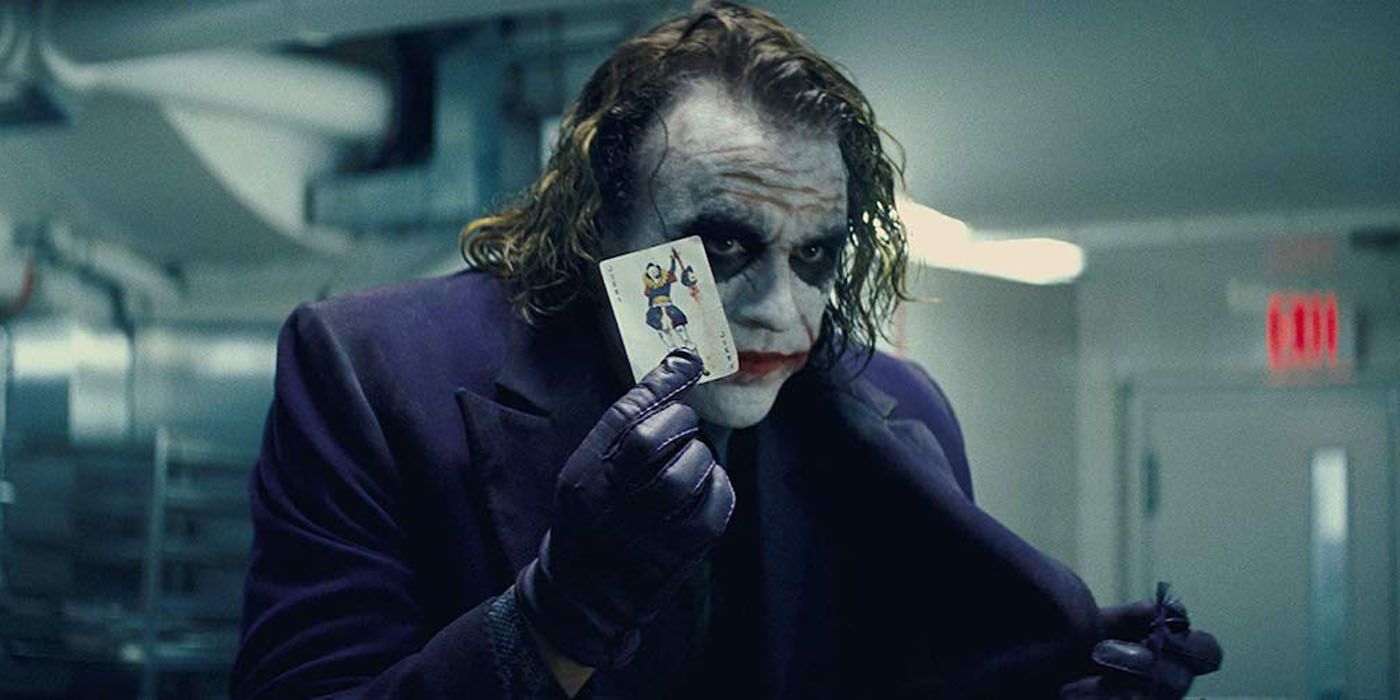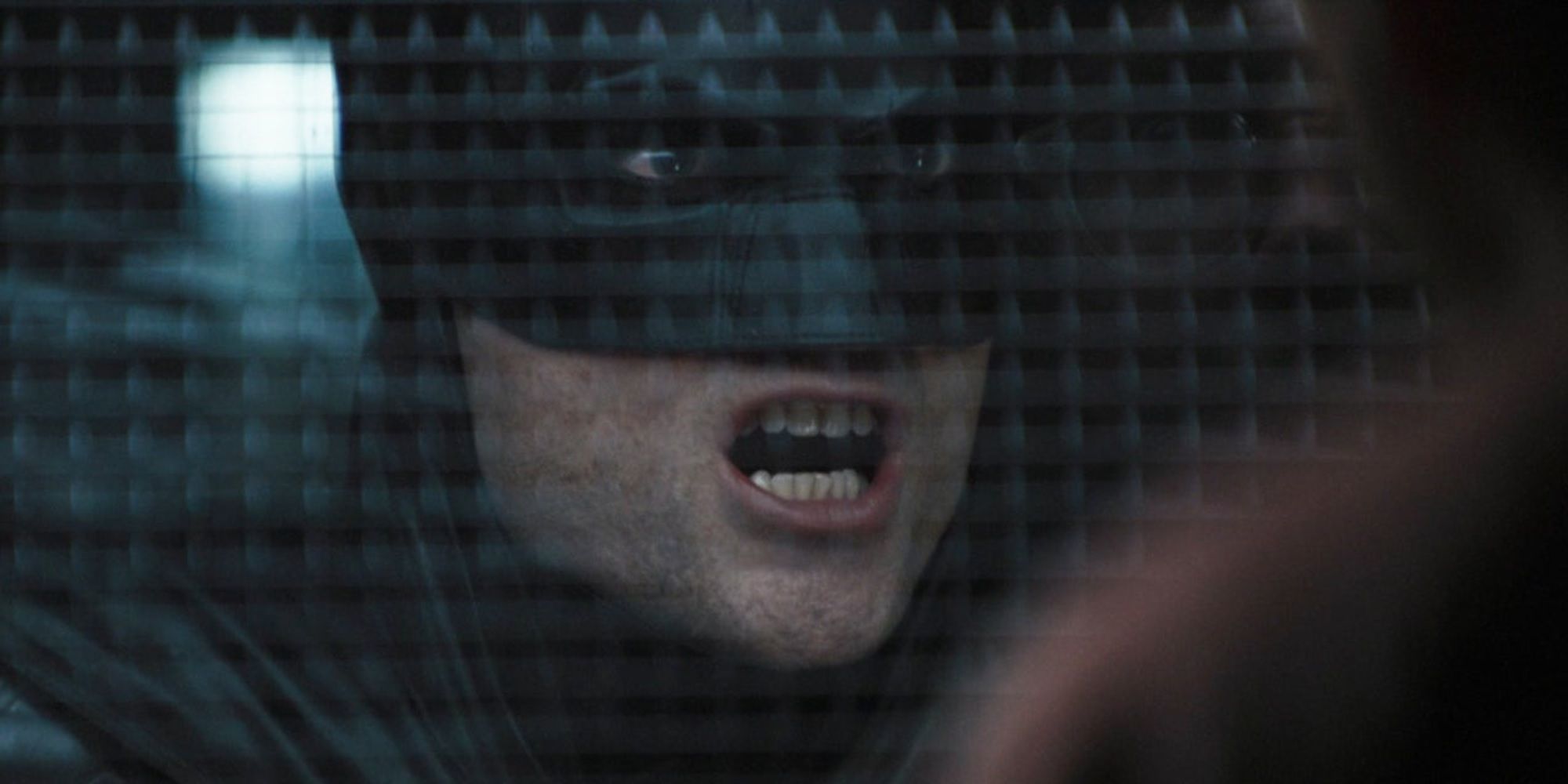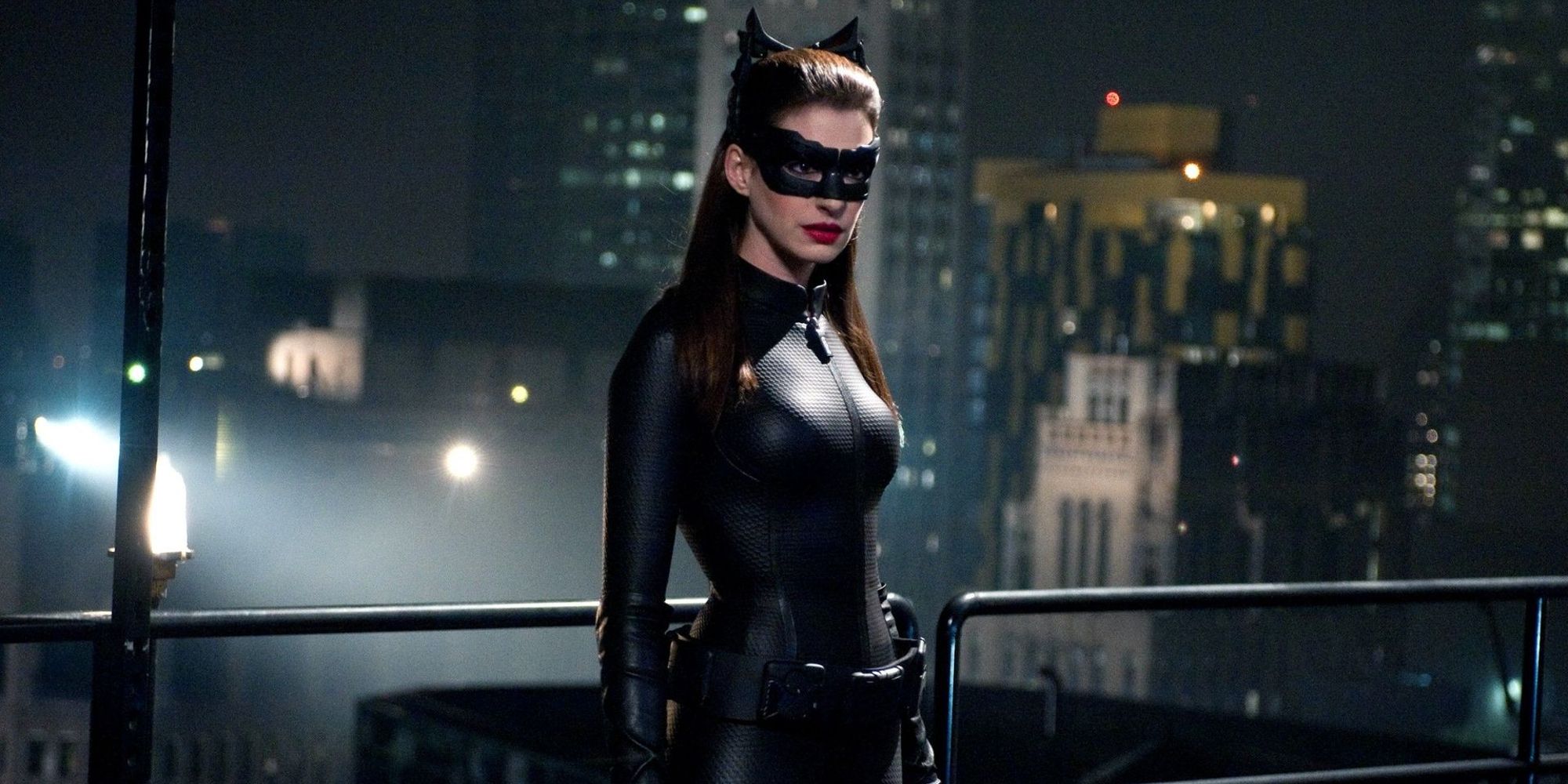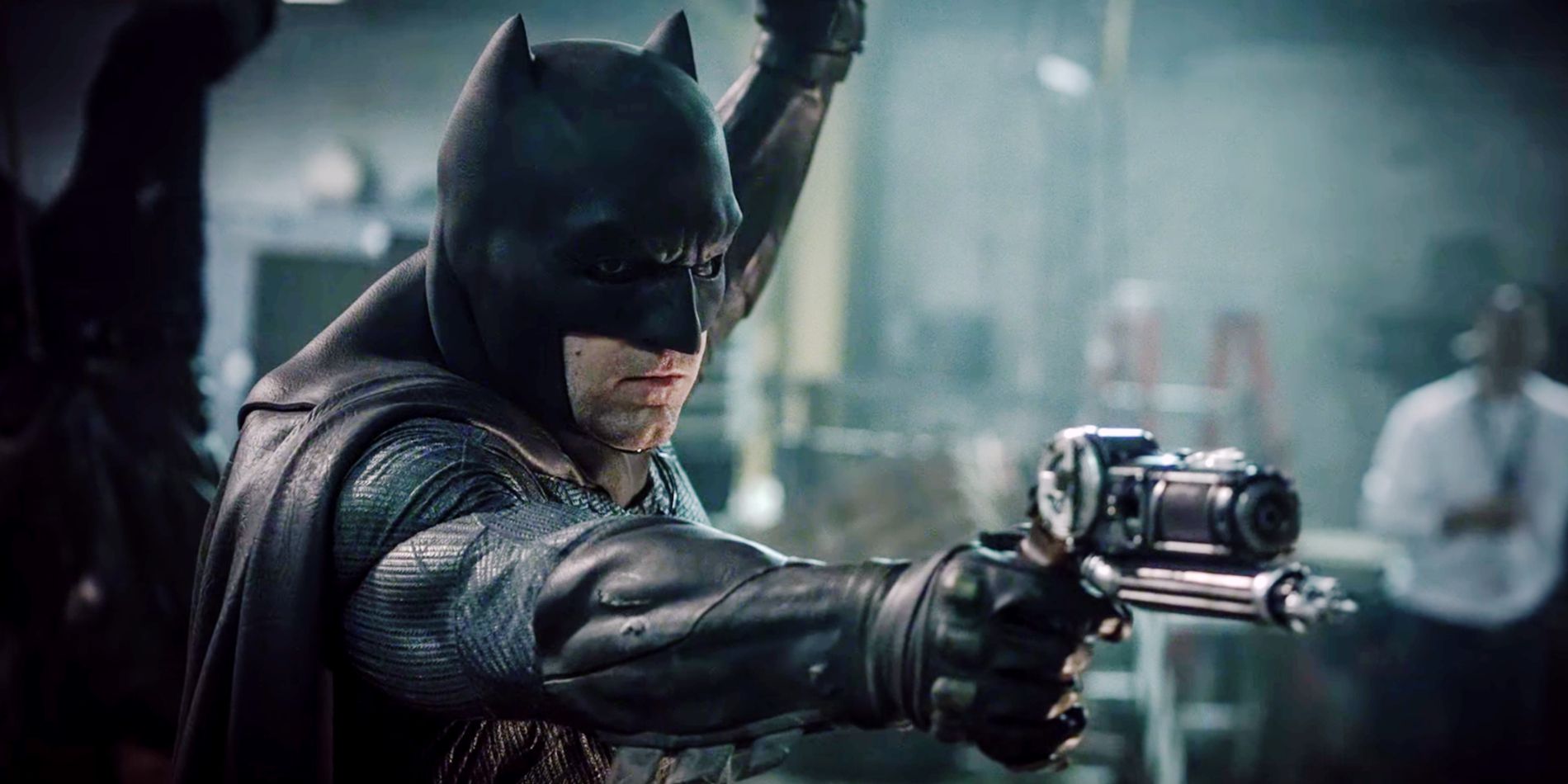While most people would expect budgets in a series to incrementally increase with each consecutive movie, that isn't exactly the case with the Batman film franchise. The production costs of the Warner Bros. releases yo-yo so much, which is what makes the movies even more fascinating.
Budgets are all dependent on action sequences, movie stars, and even reshoots, which are all important factors when it comes to producing Batman films. And in several cases, supporting actors even had bigger salaries than the lead actors, and one movie had a lower budget than one that came eight years before it too.
Batman (1966) - $1.5 Million
Being shot in the 1960s, it's no surprise that Batman only cost $1.5 million to make. And even for back then, that was quite a low budget. However, the 1966 Batman isn't exactly what Batman is today, as there are no huge stunts or set pieces, and there were certainly no digital effects.
And what's more is that the studio already had most of the sets built and costumes designed thanks to the TV series that started in 1964. The only thing the studio really had to pay for is the salaries of the cast and crew, most of which almost certainly went to Adam West.
Batman (1989) - $48 Million
Batman is a classic and one of the greatest comic book movies ever made, and it's why fans are so excited to see Michael Keaton return in The Flash movie. Tim Burton turned the caped crusader into a brand, and though the character had always been popular, it was thanks to Batman that everybody in the '90s was wearing the Batman logo on t-shirts and belt buckles. But it required a huge budget to get to that point.
While a lot of the background vistas of Gotham are mostly oil paintings in the movie, from the landmarks like the cathedral and Ace Chemicals to the batmobile, it's hardly surprising that the movie cost Warner Bros. almost $50 million. However, if Warner Bros. cast absolutely anybody else as the Joker, the studio could have saved a good chunk of the budget. Jack Nicholson's salary for Batman was $6 million, not to mention all the money he earned from back-end profits too.
Batman Returns (1992) - $80 Million
Thanks to the phenomenal success of Batman, Warner Bros. gave Burton an even bigger budget to play with. That's obvious from the huge landmarks, even more star power, including Michelle Pfeiffer, Christopher Walken, and Danny DeVito, and a lot more action. But, in hindsight, the budget increase and Burton's creative freedom was a mistake, as the sequel made $150 million less than the original.
The rule of thumb in Hollywood is that the marketing budget is the same cost as the production budget, and that's no more obvious than with Batman Returns. While the production cost of the movie was $80 million, it's impossible to know how much the total was that Warner Bros. spent on the film. The studio even sank money into toys that came with McDonald's Happy Meals, which caused controversy at the time because the film was much darker than its predecessor and not really suitable for children.
Batman Forever (1995) - $100 Million
After Batman Returns, Warner Bros. continued to gradually increase the budget of the series with Batman Forever. Only this time, it was under the direction of a new filmmaker, Joel Schumacher. Regardless of the criticisms of the movie, the production is absolutely spectacular, the set design is so well-crafted, and it pulled in some of the most beloved and bankable actors of the time.
Unfortunately, a lot of the budget went on some mind-blowing deleted scenes that fans won't get to see in high definition. Though the movie has the reputation for being the start of the kitschy, toy-focused downward spiral of the series, it was originally a lot different. There are some amazing moments that were cut from the film that make it almost deserving of its own Snyder cut.
Batman Begins (2005) - $150 Million
Even though Batman Begins came eight years after the previous Batman movie, it still had a lower budget, which was $150 million. The reason for the lower budget could simply be because the screenplay that was written didn't require that high of a production budget. But it could also be because the previous movie, Batman & Robin, was a huge bomb at the box office, and giving another film about the caped crusader such a high budget would be just as high of a risk.
The studio was essentially right to do so. Though the movie was a success in that it was the start of a billion-dollar trilogy, Batman Begins was just a modest success, earning $373 million. Any higher of a budget could have kept it from turning a profit considering marketing costs.
Batman & Robin (1997) - $160 Million
Batman & Robin had the biggest increase in budget between movies, as it had a production cost of $60 million more than Batman Forever, according to the New York Times, and it's again clear where that money went. In 1997, the likes of Uma Thurman and Arnold Schwarzenegger came at no cheap cost.
Schwarzenegger's salary for the movie put Jack Nicholson's to shame, making $25 million for reciting a bunch of ice-related puns. And the former bodybuilder was such a bankable star that he had top billing above George Clooney, the lead actor of the film. Unfortunately, while Batman & Robin might be underrated, the movie bombed at the box office, temporarily killing the Batman movie franchise.
The Dark Knight (2008) - $185 Million
Naturally, as sequels do, The Dark Knight had a budget increase, and in this case, it wasn't just worth it, but it ended up overperforming at the box office and probably even shocked Warner Bros. executives. The Dark Knight had a budget of $185 million and it was the first-ever superhero movie to gross more than one billion dollars worldwide.
However, while Christopher Nolan is such a reliable director because he reportedly often completes the production well within the schedule and well under budget, that might not have been the case with The Dark Knight. $500,000 of that $185 million budget was the cost of replacing an IMAX camera, which Nolan destroyed while filming the scene where the truck upturns on the street.
The Batman (2022) - $200 Million
This year's The Batman was first reported to have a budget of $100 million, which is interesting given that there hadn't been a budget for a Batman movie that low in 27 years. It mostly paid credence to the fact that the film was promised to be more of a detective movie, and it doesn't need such a high budget if it's low on action and set pieces.
However, after seeing the new film, nobody would ever believe that all the spectacle and all the huge action sequences in The Batman were done within a relatively small $100 million. The real budget has since been revealed to be $200 million, which makes a lot more sense.
The Dark Knight Rises (2012) - $250 Million
There's no way The Dark Knight Rises could have been made with a budget of less than $250 million, which was reported by the Los Angeles Times. Every single dollar is accounted for on-screen. Whether it's The Bat, the entire destruction of Gotham City, or the thousands of extras in the final act, the movie looks so expensive.
What's more is that Nolan isn't a fan of digital effects, and he'd rather do everything practically where possible, which is often a lot more expensive than paying digital artists by the hour. But while the $70 million budget was worth it from an artistic standpoint, it struggled to make more than The Dark Knight at the box office, as it pulled in almost exactly the same worldwide.
Batman V Superman: Dawn Of Justice (2016) - $300 Million
It wouldn't be surprising if it was revealed that Batman v Superman: Dawn of Justice was still operating at a loss and failed to get out of the red when it left multiplexes. According to The Hollywood Reporter, the movie had an inflated budget of $300 million, and it probably had an equally as inflated budget in terms of marketing costs, and then there's the cut that movie theatres take, as little as it might be.
When a movie has both "Batman" and "Superman" in the title it should have theoretically made way over a billion dollars. The 2016 movie was too polarizing amongst audiences, and it didn't quite get the repeat viewings Marvel movies do.

